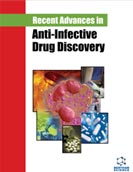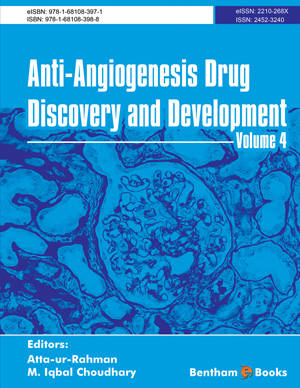Abstract
Considering that pharmacokinetic-pharmacodynamic (PK-PD) modeling describes the relationship between tissue concentrations of drugs and their corresponding pharmacological response, an important issue of PK-PD studies is the availability of powerful sampling techniques that allow measurement of tissue concentrations of drugs at multiple time points. Traditional sampling techniques, including biopsy, blood and saliva sampling, and skin blister sampling, have several limitations for drug monitoring during PK-PD studies, considering that these techniques did not allow the measurement of drug concentrations at the site of action. In the last decades, new sampling techniques, including membrane based techniques (microdialysis and ultrafiltration) and imaging techniques (positron emission tomography and magnetic resonance spectroscopy), have been available for measurement of drug concentration at the target site. The possibility of simultaneous monitoring of target site concentrations of drugs and their pharmacological effect with these new sampling techniques have significantly improves current knowledge of PK-PD modeling. In addition, membrane based techniques also allow simultaneous monitoring of endogenous compounds and therefore permit the study of the relationship between drug target site concentrations and their effect on biochemical markers, making these techniques highly useful for PK-PD modeling studies. The aim of this chapter is to describe the principles of membrane based techniques and imaging techniques, and their applicability for drug monitoring in PK-PD modeling.






















